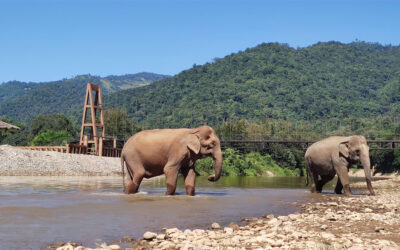Australian army signaller on patrol in East Timor, 2007 (photo: David Axe).
American strategist Tom Barnett thinks that Australia’s Defence White Paper is “a true work of goofy strategic paranoia”. He’s perplexed by Canberra’s “recent mental shift” and “sudden fear-mongering”.
I’m not sure why Barnett’s perplexed. Maybe it’s to do with the White Paper’s starting point, that over the next few decades Australia faces an uncertain and risky strategic situation. Or that Australia plans to buy 12 new submarines, 100 F-35 Joint Strike Fighters and sea-based land-attack cruise missiles.
I’ve read the White Paper and I don’t sense a “recent mental shift”. Canberra’s attitude towards Asia has long been one of guarded optimism: engage actively with regional powers, and thereby benefit from Asia’s growing prosperity, but be ready to defend Australia if things go wrong. It’s hard to quarrel with the idea that Australia’s strategic situation is uncertain and risky. Key dynamics include China’s rise as a great power, the greater reach of its military forces, the reaction of other Asian powers to China’s rise, and the relative decline of American power in the region.
Australia also faces the prospect of further turmoil in the island chain to its north – the so-called Arc of Instability – which stretches from Indonesia to Melanesia. Over the past 20 years this archipelago has seen a lot of conflict, with Australian forces intervening in East Timor, Bougainville, Solomon Islands and Tonga.
While Australia places great stock in its alliance with the US, self-reliance is the cornerstone of defence policy. Australia needs to be able to deter potential enemies and defend itself from attack. Hence the emphasis on enhancing maritime, strike, intelligence and surveillance capabilities.
With this in mind, Canberra’s stance doesn’t look like goofy paranoia and fear-mongering. It just seems cautious and prudent.




